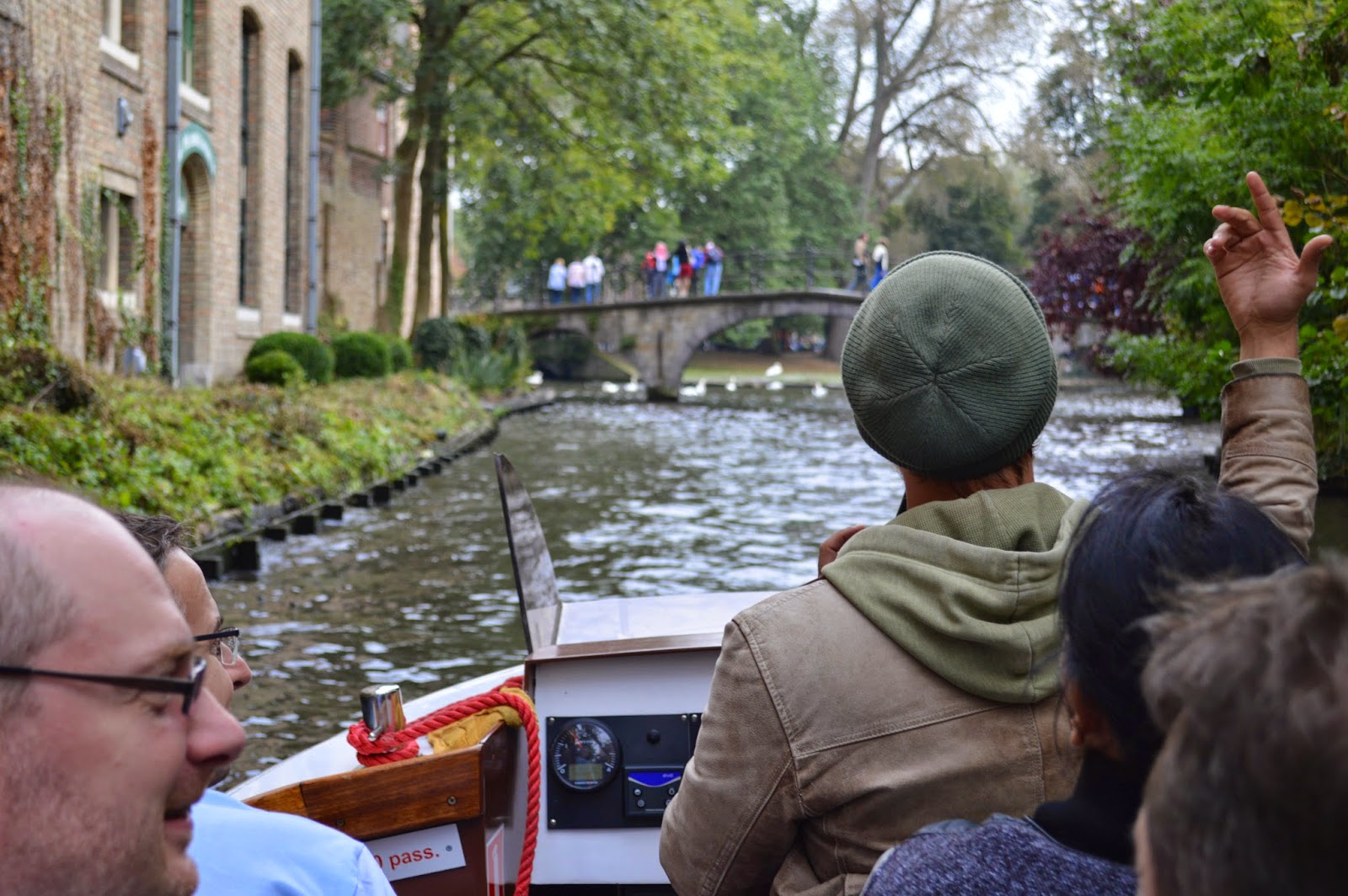Making sure Archibald (the curious kitty pictured above) could come with me to London was by far the most stressful part of the move for me (considering it was Mick who dealt with all of the visa paperwork and whatnot). The UK is a NO RABIES country, which means you will need to gather all of the necessary paperwork on your cat and have it authorized by your states USDA representative.
The USDA website gives you a list of three things that you need when bringing your cat to the UK:
1. Microchip
2. Up-to-date rabies vaccination
3. USDA Pet Health Certificate Link to Pet Health Certificate Form
Here are some tips for getting your cat into the UK that I learned along the way.
1. Make sure that your cat is microchipped. This MUST be your first step. If you do anything else (rabies shot, exam) before fluffball is microchipped it will be for nothing.
2. Make sure your cats microchip can be read at the airport that you will be arriving at. We came in to London Heathrow (LHR) and were told by our USDA representative that Archibald's microchip was the incorrect type. ISO compliant is what is required, Arch has a 24petwatch microchip which is NOT ISO compliant. After many phone calls, we were able to determine the frequency at which his chip runs at (125ghz) and that the Animal Reception Office at LHR does have the scanner to read this type of chip. PHEW, as it was a week before my move date that I found this all out.
3. Now that kitty cat is microchipped and you are sure the chip is compatible with the receiving airport's technology, you must ensure your cat is up to date on its rabies shots. If you are not up to date, do this ASAP. You'll need to wait 21 days after re-upping kitty's rabies shot before he/she can fly. Ensure that the vaccination has been recorded on your cat's microchip.
4. Contact your airline's cargo department and find out their rules for pet shipping. Pets can not ride in the main cabin when entering the UK. I flew with Virgin Atlantic and they had a whole bunch of forms for me and my vet to fill out. The most important of which were an overall health exam that needed to have been done within 10 days of our flight. Note that there are TWO different health forms your vet will need to sign; One from the USDA and one from Virgin (or whatever airline you're flying). DO NOT forget to have either of these signed.
5. Make appointments with your vet and your local USDA office. Schedule the vet appointment before the USDA.
6. Bring all forms (USDA UK pet immigration health certificate, any and all forms required by your airline) to your cats health exam. Your vet may or may not have experience with this type of form so do them a favor and inform them ahead of time what you are doing. My vet was very helpful and did a lot of research before Archibald's visit to ensure we did everything correctly.
7. Once you have the i's dotted and t's crossed on kitty's forms, you will bring them in to your USDA representative who will look over and ensure everything is correct. She will then sign and seal each document.
8. Now your cat should be ready to fly! Remember to read your airlines guidelines for acceptable carriers. Kitty needs to have enough room to stand and turn around in its carrier. The carrier should also have ventilation on each of its four sides. DO NOT use tranquilizers on fluffy. He will be just fine and he's in cargo, nobody will hear him whining anyways.
Day of:
1. Make sure cat has eaten, drank, peed and poo'd before you drop him off at your airlines cargo office. He will be in his cage for a long time as you will need to drop him off about 4-5 hours prior to your flight.
2. Bring a leash as you will need to take kitters out to have his carrier inspected at the cargo office.
3. Attach a water bowl to the inside of the cage so kitty can keep hydrated. Be sure it is one that can not be knocked over.
4. Keep all of your documents in a spot where you will not forget or lose them. I kept mine in a folder.
5. Relax, your mood rubs off on your cat. If you're stressed, he will be too. Stay calm to ensure kitty has the best trip possible.
6. Give kitty bye-bye kisses and tell him you will see him again soon. Then a pathetically sad picture of him in his cage so you can stare at it and worry about him for the entire flight.
2. Bring a leash as you will need to take kitters out to have his carrier inspected at the cargo office.
3. Attach a water bowl to the inside of the cage so kitty can keep hydrated. Be sure it is one that can not be knocked over.
4. Keep all of your documents in a spot where you will not forget or lose them. I kept mine in a folder.
5. Relax, your mood rubs off on your cat. If you're stressed, he will be too. Stay calm to ensure kitty has the best trip possible.
6. Give kitty bye-bye kisses and tell him you will see him again soon. Then a pathetically sad picture of him in his cage so you can stare at it and worry about him for the entire flight.




































